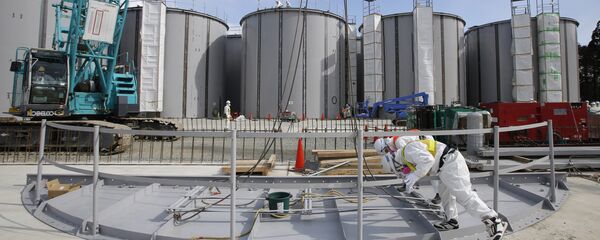Studying the waters of the Pacific coastline, scientists from Woods Hole Oceanographic Institution in Massachusetts and from Ottawa's Fisheries and Oceans Canada found levels of Cesium-134, the radiation footprint of the Fukushima disaster, to be at levels below what a dental patient would be exposed to in a routine X-ray, according to the Associated Press.
Radiation levels in surrounding seawater were found to be "even less than things like CT scans or flying in a plane or even living at high altitude. Personally I'm not concerned about those levels," said scientist Ken Buesseler of Woods Hole.
In a 2015 statement regarding the impact of seaborne Fukushima radiation on the coastline of the United States, the US Nuclear Regulatory Commission asserted that levels of Cesium-134 "fall well short of posing any US health or environmental risk."
Alaskan fisheries officials in a January report stated that they found no detectable levels of Cesium-134 from the Fukushima disaster in any seafood pulled from the state's waters.



